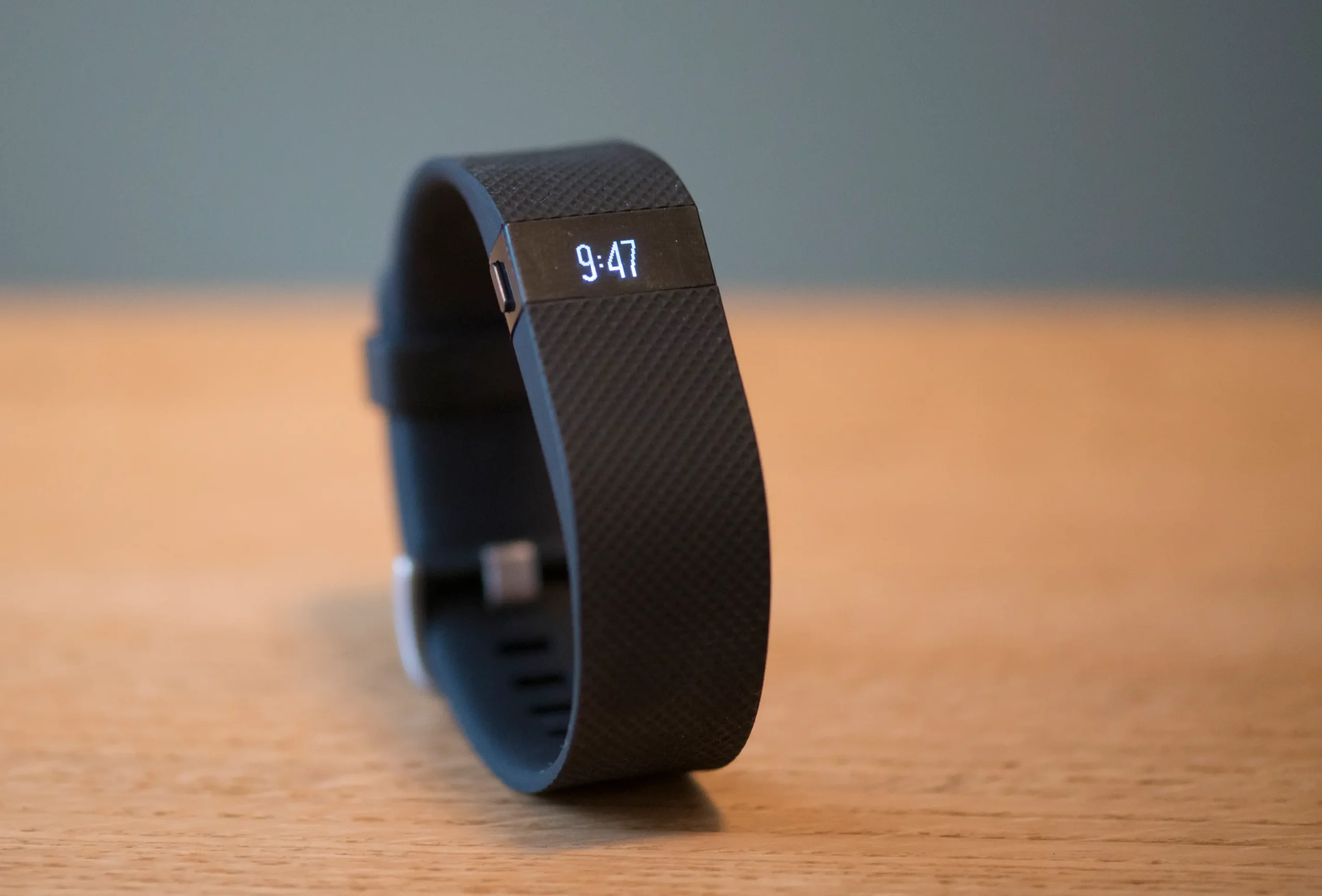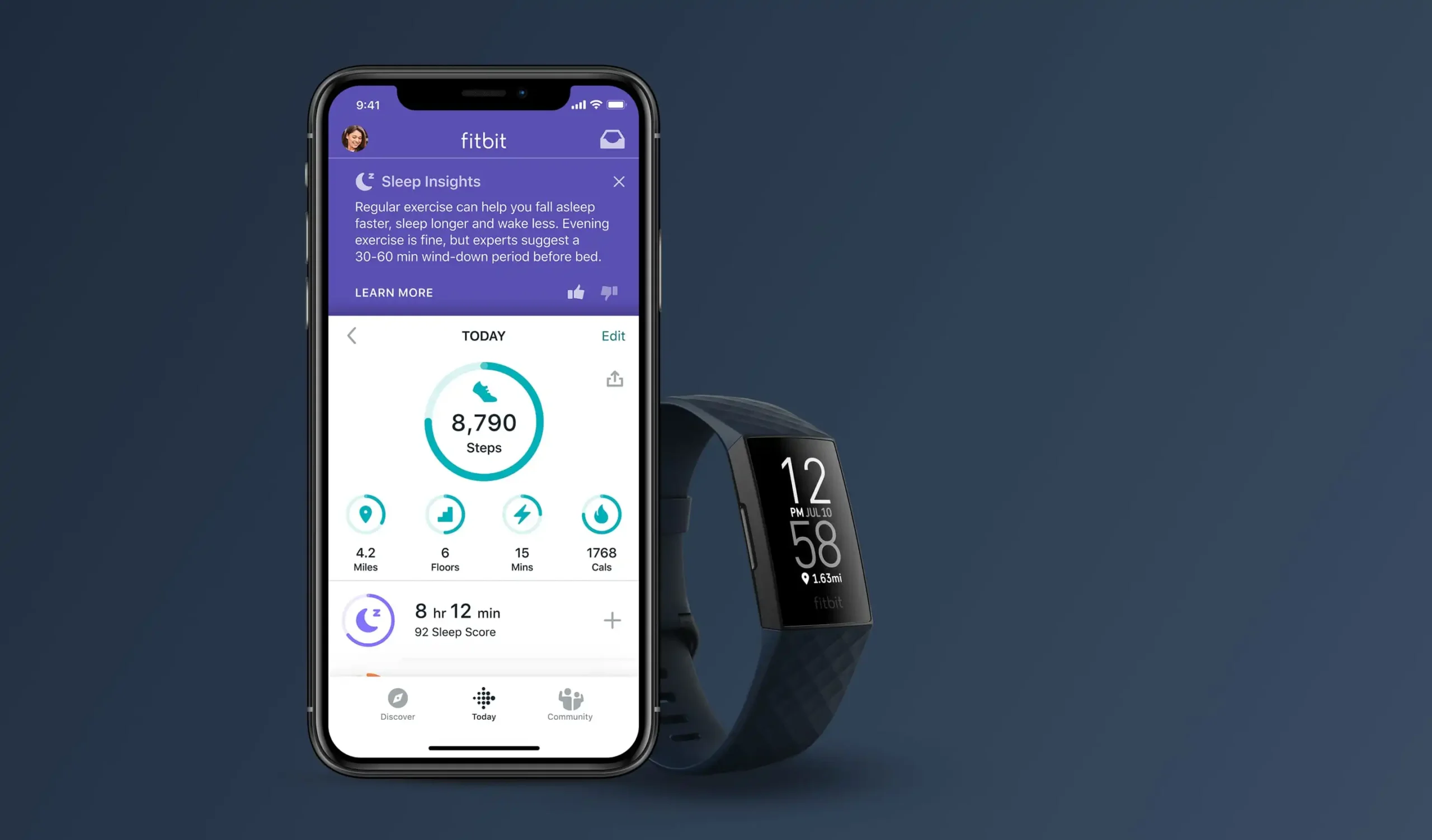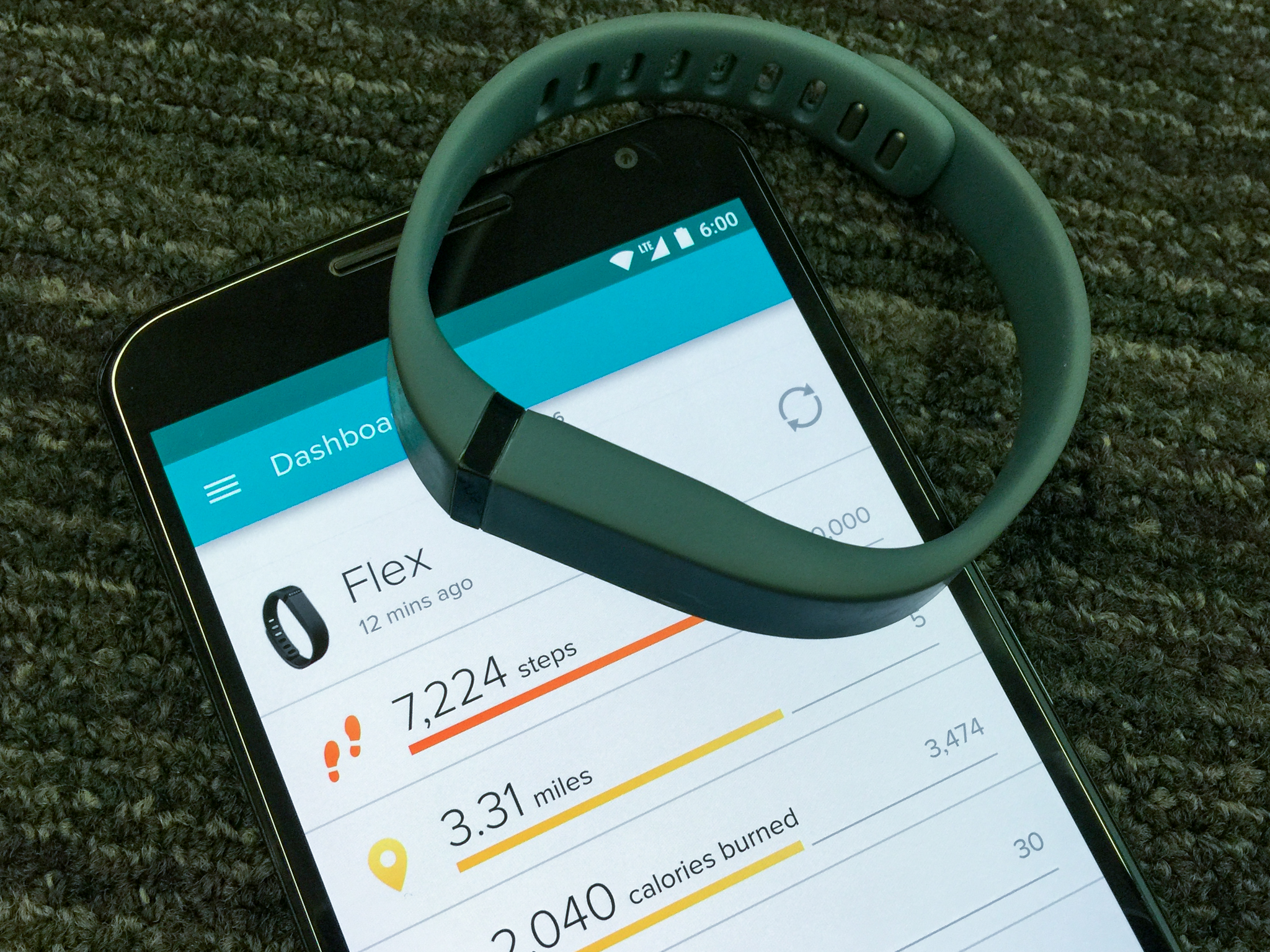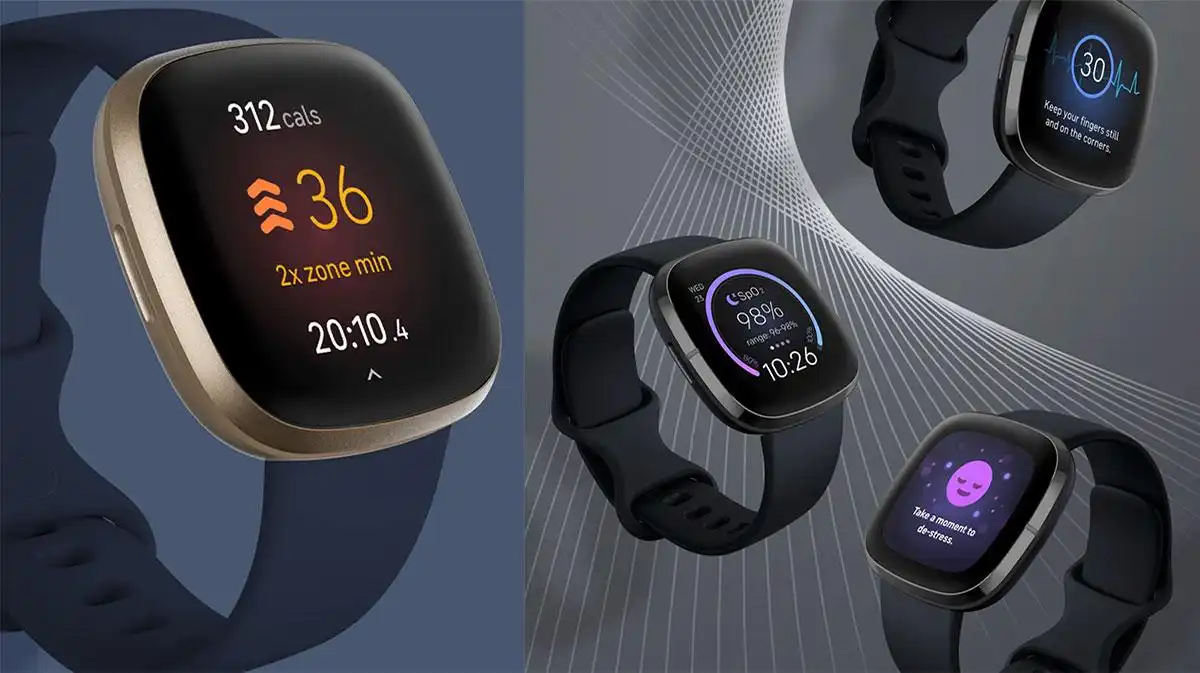Fitbit changed the way I understand health. If you haven’t thought about what you eat and how much you move daily this piece could interest you.
Last year, on my birthday, I got a Fibit Charge HR as a gift from a very close friend. I was weighting about 86 kg (189,5 pounds) at that time. That was overweight considering I’m 175 cm (5.74 feet) tall. At first I was skeptical about using it, but after a few weeks I changed my mind. I started feeling better, the workout boosted my energy and I got slimmer. A year later, I pay attention to how many calories I eat, how many steps/km I walk during a day and how important is exercising. It actually changed my entire health culture.
What is FitBit?

Fitbit is an electronic bracelet that monitors your body’s activity: How many calories you burn, how many km you walk a day and even how much sleep you get each night. It does the same thing as an Apple Watch, but it does not look so fancy and is much less expensive. Health became very important for a lot of us because our sedentary lifestyle: we climb mountains sitting on our butt in front of the computer. Yeah, yeah, yeah, that’s how we do.
Week one: A shock!
The results FitBit showed me after a couple of days came as a shock to me. All the stats seemed fake. At first I thought it was broken. The numbers showed 4 times less active minutes than the minimum (the minimum is 30 minutes daily), I was walking less than 4 km a day in comparison to 7.7 km (10 000 steps), which is set to be the minimum. I decided I should “fight” the figures: started walking more, took the longest way to my house, tried to avoid driving on short distances and chose to walk instead. The stats game started turning into my favor and I was happy to challenge myself each day.
Way too many… calories!
Now it’s all good, I kept saying to myself. Even my calorie intake stats were looking perfect on the app screen. Know why? They were looking good because I was not inputting the calorie intake for my meals. Then I told myself that I should try keeping track of them as well so I could better understand how much I eat vs how much I burn. By the way: This wristband has a mobile application that connects to your phone and synchronizes the data. I think is one of the best I’ve seen. I’d say is more user friendly than one for the Apple Watch.

I started inserting the daily calories intake in my phone application. I was in shock. Again. My meals contained almost double the calories I needed to maintain my weight. The app showed me than I was eating about 3300-3500 calories daily and I was usually burning less than 3000, even though I tried to stay active and walk those 7.7 km/daily.

I had to find the balance. Normal daily calorie intake for a man my age is 1800-2000. I wanted to loose some kilos, so I set a goal: 1600 calories intake each day and at least 2500 burned. And I followed the rule for a couple of months. I did not use a diet, just followed the figures and enjoyed different type of meals: Bread, pasta, bacon, salads, meat – everything. I felt better and lost a couple of kg in a short period.
What else can Fitbit do?
Fitbit can do a lot of stuff. One thing I like the most is the silent alarm. The wristband is monitoring your sleep pattern and smoothly vibrates when the sleeping cycle ends. If you set your alarm at 7 AM, for instance, it can vibrate at 6.56AM or 7.04 AM depending on your sleep pattern. That is so smooth in comparison to a loud alarm-clock or you buzzy song played by your mobile phone. Besides this, Fitbit monitors your heart activity, shows notifications about your called ID when your phone is not next to you, syncs wirelessly and the battery acts pretty well. The company claims the battery lasts up to 5 days. Well, my experience shows the battery holds a charge up to 4 days. This is not bad at all considering a smart watch battery is usually drained in about 24 hours after a full charge.
Life without Fitbit
There was a while when I had so much work to do at office and it was so stressful that I stopped using the device. The lack of a goal made me gain weight and eat too much. Last fall I’ve decided to start using the device again. Started all over and in a couple of months I lost 4 kg (8.8 pounds) and I plan loosing another 3kg by April. No diet, no special food. I just need to follow the figures intake vs burn. To “juke the stats” I have taken on running twice a week.
Using Fitbit Charge HR boosted my energy, taught me to understand how much calories my body needs and how important is exercising at least a couple of times weekly. It disciplined me and strengthen my focus.
Pros
- Good battery life
- Elegant and discrete design
- Nice mobile application
- Cheap in comparison to Smart Watches
- Lovely silent alarm
Cons
- It does not recognize very well the type of workout. It did not know I was skiing
- It may add steps while driving on bumpy roads.
- You can’t use it while swimming / does not track swimming. Would be great if it could.


